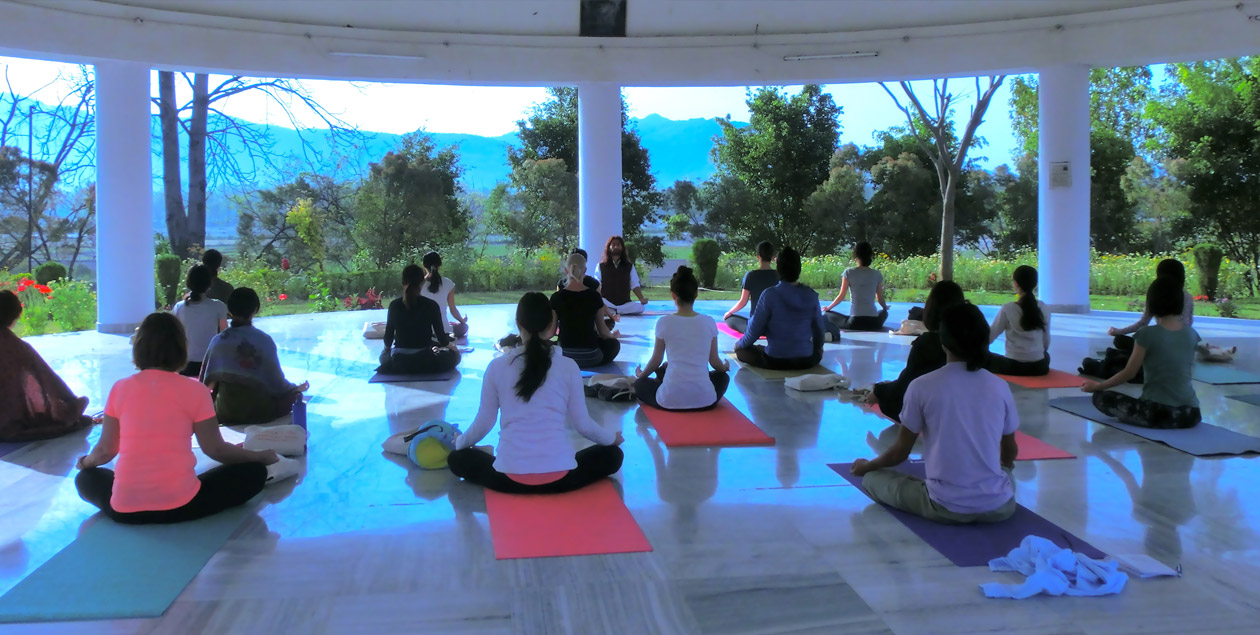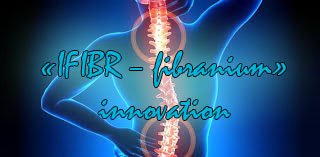Dr. Manuraja Hettige, PhD
In order to attain for the salvation should be free from the all pains which is very important for humans. Both Yoga and Ayurveda demonstrate us the above theories. While Ayurveda cautions how stay away from sufferings, Yoga explain us how to overcome it.
According to the Charaka Samhitha 1: 137
“Yoga Mokshe Cha Sarvesham- Vedananmavarthanam
Moksho Nivritti Vischeshya – Yogo Moksha Pravartaka”
Yoga training adjusts with respect to the personality changes of the humans. (Chitta Vritti Nerodha) Thereby mind, speech and physical body bring to under controlling level by consciousness. It focuses to the Yoga Bhavana following Yoga Samadhi. At that stage mind has to be removed from negative qualities. Such as Ahankara(Pride), Kama (lust),Krodha(anger), Parigraha(insult) , Lobha (greed), Moha (Delusion), Irshya (Jealousy) and Shoka (Sorrow), Udwega(Neurosis), Bhaya (Fear), Harsha (Happiness), Mana (feeling that you respect yourself and receive respect from others ). According to Ayurveda medicine above primary psychological conditions are responsible for causing mental diseases, whereby Yoga achieves victory from these types of mental disorders.
Yoga Bhavana is a pathway to reach Yoga Samadhi. Yoga Samadhi is the supreme level of mind and at that stage the mind join with Universe. (Shiva Shakthi)
But Yoga exercises, Yoga Asana, Yoga Bhavana are very important to build physical mental and spiritual health (Away from diseases of physical and mental ) of the persons and balance of three Doshas in humans. Ayurvedically balance of the three Doshas and three Gunas in a person who is healthy in individually. (No pathological changers in the body)
Soorya Namaskaraya, Padmasana, Halasana individually involve in balancing tri doshas ( Vata, Pitta and Kapha). According to the Ayurveda Medical philosophy Pancha Bhutha, three dosha, Saptha dhathus, three Malas, Agni and Srothus are involve to form Anatomy and physiology of the human body.
All types of Yoga (Hatha Yoga, Raja Yoga, Kundalani) do interfere in balancing the same as well as proper functions of the mind. There are three Gunas in mind, (Sattva, Rajas and Tamas ) of mind are connected to the three dosha in the physical . The healthy state of mind is Sattvic and in the condition of the mind is tri dosha balanced state but if increase excessive sattvic state in mind it also create unbalance of mind.
The anger mind is in the Rajasic state. In this state tri dosha balance have been changed and it is not a healthy position in the mind.
The depressed or lethargic mind connected to the Thamas.
Further explaining – Sathva (consciousness mind) is the quality of clear understanding, consciousness state. When mind is Sattvic stage mind can be developed up to the connection between the Gods.
Rajas (emotional mind) is a state of mind wrapped with the emotions (feeling) worry anxiety, anger, love, happy etc…
When Rajas over power(dominate) in the mind, it shows imbalance of the mind as hyper activity , anxiety , insomnia and inability to concentration, etc…
Thamas is the state of darkness and lack of movements as same as activities. Thus unstable stage of mind brings darkness and becomes harmful to ourselves or others. According to the darkness of the nature of this mind is prominent. It results to build lethargy, dullness, negative thinking, and lack of mobility. This stage take actions such as violations and there is a possibility even to take suicide actions.
But if necessity to develop the mind up to the spiritual level (Yoga Samadhi following Salvation) should be practiced and should follow the related procedures.
The great Indian yoga manuscript Bhagavadgeeta explains Moksha (salvation) as the final goal of Ayurveda and Yoga.
The Charaka samhitha Ayurveda manuscript explain
“Satyavadinum Kroda Nivritam Madya Maithunum
Ahinsa Kamanasyam Prashantham Priyavadinum
Jap Souch Param Dhairyam Danam Nityam Tapasminam
Devagobrahmanacharyaguru Buddharchana Ratnum
Anrushamshya Pararum Nityam Karunya Vedenum
Samajagarana Swapnum Nityam Ksheera Gharatasinam
Deshakala Pramanajnam Yuktijna Maham Krutam
Sastra Charam Sankeerana Madyatma Pravanendriam
Upasitaram Buddhinamsthikanam Jitatumanam”
This sloka explain most important practices and follow all yogi humans for Purushartha. (to be success as an adult)
- Always speak and tell as well as practice the truth
- Never have kroda and negative feelings
- Away from the madya (Alcohol and narcotics)
- Avoiding illegal sex
- Avoid from unnecessary fatigue
- Become peace, loving and speaking should be peaceful words.
- Almsgiving and Tapas (penance)
- Respect Guru (Teachers), elders, and peoples of learning as well as respect to knowledge
- Improve charitable feelings
- Sleep on time
- Get up Brahmamoorthi – the time is calm and silent in the world
- Improve kindness
- Meditate regularly every day
- Practice what you taught
Special benefits from Ayurveda Treatments
-
- Cure from painful diseases. (Vataja Roga)
- Removal, of toxins from the body. (Remove Ama)
- Cure from various allergic disorders. (Asathmika Roga) (Piththaja Roga)
- Cure from hormonal disturbances.(Obesity) Kpaja Roda
- Enhancement of immunity and thus giving resistant power to the body.(Rejuvenation and Resistance balance in the body according to Vata, Pitta, and Kapha )
- Alleviating digestive disorders.(paripachana Roga)
- Purification of body through blood and various physiological systems such as giving fresh, happy life and beautiful complexion. (Rakthaja Roga)
- To increase sexual disorders and vigour.
- To give relief from an incurable an untreatable (other medical systems) diseases.
- Keep mental satisfaction and remove mental stress disturbances and Increase memory power(Manasika Roga)
The correlations between Ayurveda and Yoga
These two sciences believe in recognising the person as a combination of body, mind and spirit.
Yoga exercises, Asanas practice which are natural and in harmony with Ayurveda medicine.
The final goal of both Ayurveda and yoga is to achieve Moksha (Salvation) by living with a body, mind and spirit according to the balanced life.
Although the final goal or meaning of Yoga is connect to the soul with the god. The pathway draws upon processes and principals develop by Ayurveda, such as Satvic diets and life styles.
Yoga prescribes following theories and it is formulated through fundamental rules and regulations of Ayurveda.
Kindness, Governing, Nonviolence, well Discipline, Honesty, Calm Mind, Peacefulness Social Conduct, Ethics and Beneficial Practices for maintenance of good health, long life, detoxification, which clean in the body and the mind.
Yoga is a process or discipline that aims to remove or stop human desires from the mind. The processing rules as follows:
Eating, Living, Physical Exercise, Breathing Exercises, Controlling the senses, Concentrating and strengthening the mind
Ayurveda co-operate these practices as the best for preventing of diseases as well as healthy happiness long life according to nature.
Dr. Manuraja Hettige
B,A.M.S (S.L) Ph.D(I.U.F.S) Russia
Chairmen / CEO
Deegayu International Institute of Ayurveda and Traditional Medicine (Sri Lanka)



